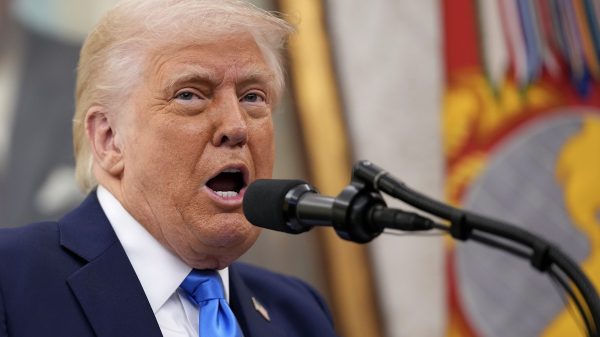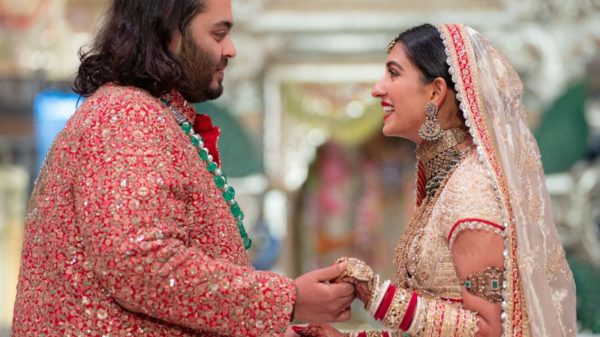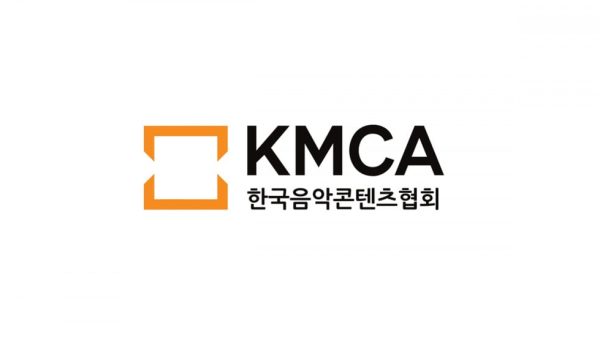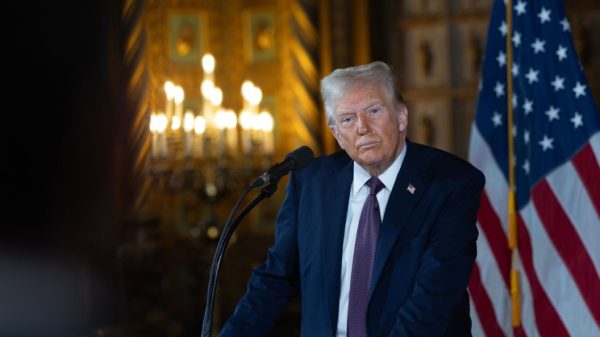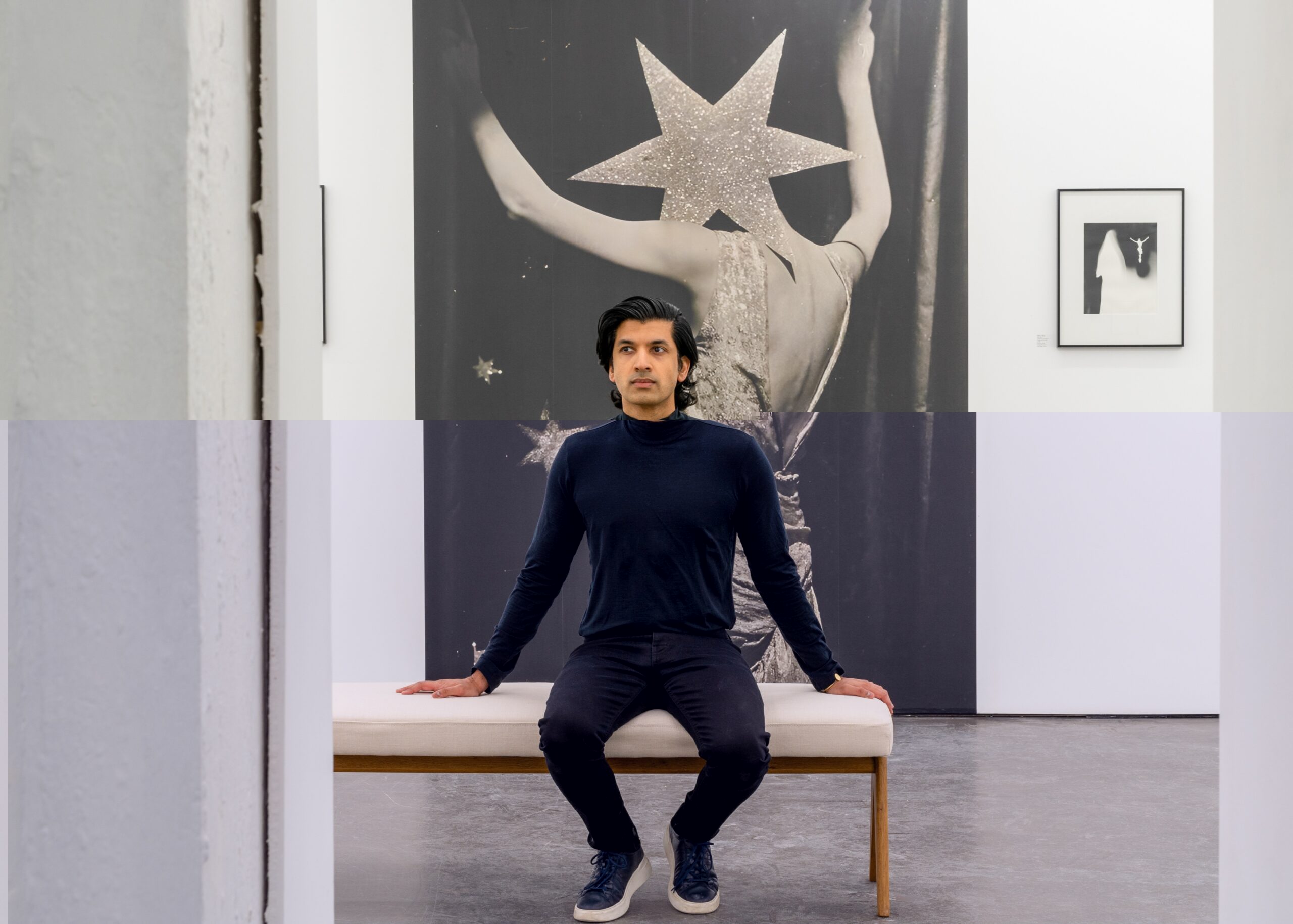Amar Singh, a British Indian art dealer and activist from a royal family in Kapurthala, has reopened his Amar Gallery in Fitzrovia, London, with a solo exhibition featuring works by French artist Dora Maar. The gallery’s relaunch is marked by a commitment to supporting LGBTQ rights in India, with proceeds from upcoming exhibitions aimed at funding Singh’s activism.
The gallery will host a solo exhibition of American abstract painter Lawrence Calcagno in September, with a significant portion of the proceeds dedicated to Singh’s campaigns for LGBTQ equality in India.
Singh, proud of his Indian heritage, highlights the recent progress in LGBTQ rights in India, such as the Supreme Court’s ban on conversion therapy. He collaborates with human rights lawyers to ensure this ban is enforced across all Indian states. Singh’s mission emphasizes equality for all, regardless of differing opinions, and his gallery’s upcoming exhibitions reflect this ethos.
The September 2024 exhibition of Lawrence Calcagno, a student of Mark Rothko, is particularly significant as Calcagno’s works resonate with the themes of meditation and equality that Singh champions.

Amar Singh Reopens Amar Gallery in London with Dora Maar Exhibition to Support LGBTQ Rights in India
Singh’s passion for art began in his childhood, influenced by visits to museums with his parents. He recalls a formative experience in the south of France, where he encountered the works of S.H. Raza, a significant figure in Indian and world art history.
This early exposure to art’s transformative power has driven Singh to use his gallery as a platform for change, combining his love for art with his commitment to social justice. His vision for Amar Gallery extends beyond London, with plans to host exhibitions globally, including in India.
The reopening of Amar Gallery with Dora Maar’s exhibition underscores Singh’s dedication to celebrating overlooked artists. Maar, known primarily as Picasso’s muse, was a remarkable artist in her own right, admired by figures like Man Ray and Salvador Dali.
Singh’s decision to feature her work aligns with the gallery’s mission to correct historical imbalances and highlight artists marginalized due to gender, sex, or race. The gallery aims to bring these artists into the spotlight, ensuring their contributions are recognized and appreciated.
Singh’s influence extends beyond the art world. In 2022, a portrait of him by Howard Tangye was acquired by London’s National Portrait Gallery, symbolizing a celebration of diversity. Since entering the art dealing world in 2014, Singh has become a patron of prestigious institutions like the Tate and Whitechapel Gallery.
His philanthropic efforts include supporting anti-trafficking organization Shakti Vahini and We Power, which empowers women survivors of human trafficking in India. Through these initiatives, Singh integrates his art dealing with broader humanitarian goals, using his platform to drive social change.



